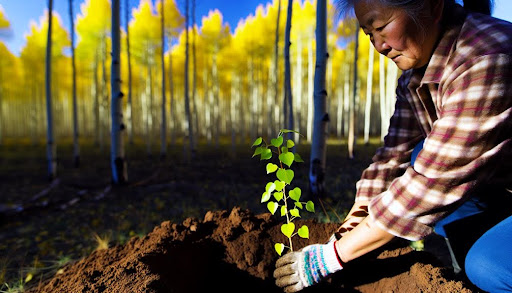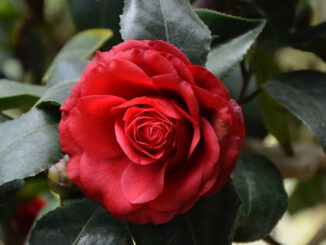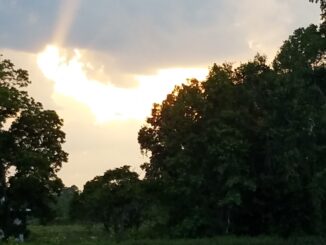
Expert Advice on Planting Aspen Trees
Aspen trees require specific conditions for ideal growth and establishment. These deciduous specimens thrive in full sun exposure with well-drained soil conditions and prefer cooler northern climates. While relatively adaptable, aspens demand careful site selection and proper planting techniques to prevent common failures. Many gardeners underestimate the importance of root health and spacing considerations when establishing these fast-growing trees. Understanding the fundamental requirements before planting determines whether an aspen will struggle or flourish for decades to come.
Understanding Aspen Tree Biology and Growth Requirements
Quaking aspen (Populus tremuloides) represents one of North America’s most widely distributed native tree species, characterized by its distinctive clonal growth habit and ecological adaptability. These trees thrive in USDA zones 1-7, preferring well-drained, slightly acidic soils with consistent moisture.
Planting aspen trees requires full sun exposure, typically growing at elevations between 5,000-12,000 feet. Their root systems form extensive interconnected networks, producing new shoots (ramets) from a single genetic individual (genet). This reproductive strategy enables rapid colonization following disturbances.
Optimal growth occurs with 15-30 inches annual precipitation. Young trees establish most successfully when planted in spring, allowing root development before winter dormancy.

Selecting the Ideal Planting Location for Long-Term Success
Where aspen trees are positioned within the landscape fundamentally determines their vigor, longevity, and ecological function. Favorable sites provide full sun exposure (minimum 6 hours daily), well-drained soils with pH 5.5-7.5, and protection from desiccating winds. Avoid waterlogged areas, heavy clay, or highly alkaline soils.
Spatial considerations are equally critical—plant aspens at least 30 feet from structures, underground utilities, and hardscapes to accommodate their extensive root systems. Northern or eastern exposures generally provide ideal microclimates in warmer regions. Higher elevations (1,500-10,000 feet) typically offer more suitable growing conditions, particularly in the species’ native range.
Soil Preparation and Transplanting Techniques
Successful soil preparation forms the foundation for aspen establishment, building upon the careful site selection process. For best results, incorporate organic matter to a depth of 12-18 inches, achieving a slightly acidic pH between 5.5-6.5. Improve drainage in clay soils by adding coarse sand and compost in a 1:1 ratio.
When transplanting, excavate a hole twice the root ball’s width but equal in depth. Position the sapling with the root flare precisely at soil level. Backfill with amended native soil, eliminating air pockets by tamping gently. Water thoroughly, applying 10-15 gallons immediately after planting to settle soil around roots.
Watering, Mulching and First-Year Care Strategies
The initial weeks following transplantation represent the most critical period for aspen establishment, requiring meticulous attention to watering regimens. Newly planted aspens need deep watering (15-20 liters) twice weekly during the first month, then weekly thereafter until dormancy.
Apply a 7-10 cm layer of organic mulch extending 1 meter from the trunk, avoiding direct contact with the bark to prevent rot. This conserves moisture and suppresses competing vegetation.
Monitor for stress indicators—leaf wilting, discoloration, or premature drop—and adjust care accordingly. Remove sucker growth during the first year to direct energy toward primary root development and crown establishment.
Managing Common Aspen Diseases and Pests
Vigilant monitoring enables early detection of several pathogens and insects that commonly afflict aspen trees. Cytospora canker manifests as sunken, discolored bark patches, requiring prompt removal of infected branches. Leaf spot diseases, identifiable by dark lesions, necessitate fallen leaf disposal to reduce fungal inoculum.
Pest management should target poplar borers, which create visible entry holes and sawdust-like frass. Bronze poplar borers attack stressed trees, emphasizing the importance of maintaining ideal growing conditions. Aphid infestations, recognizable by curled leaves and honeydew secretions, can be controlled with insecticidal soap applications or beneficial insect introduction.
Preventative fungicide applications may prove necessary in regions with high disease pressure.
(Contributed Content)




























